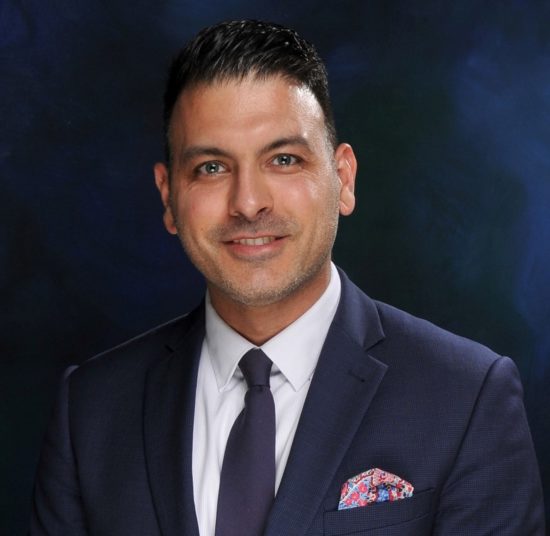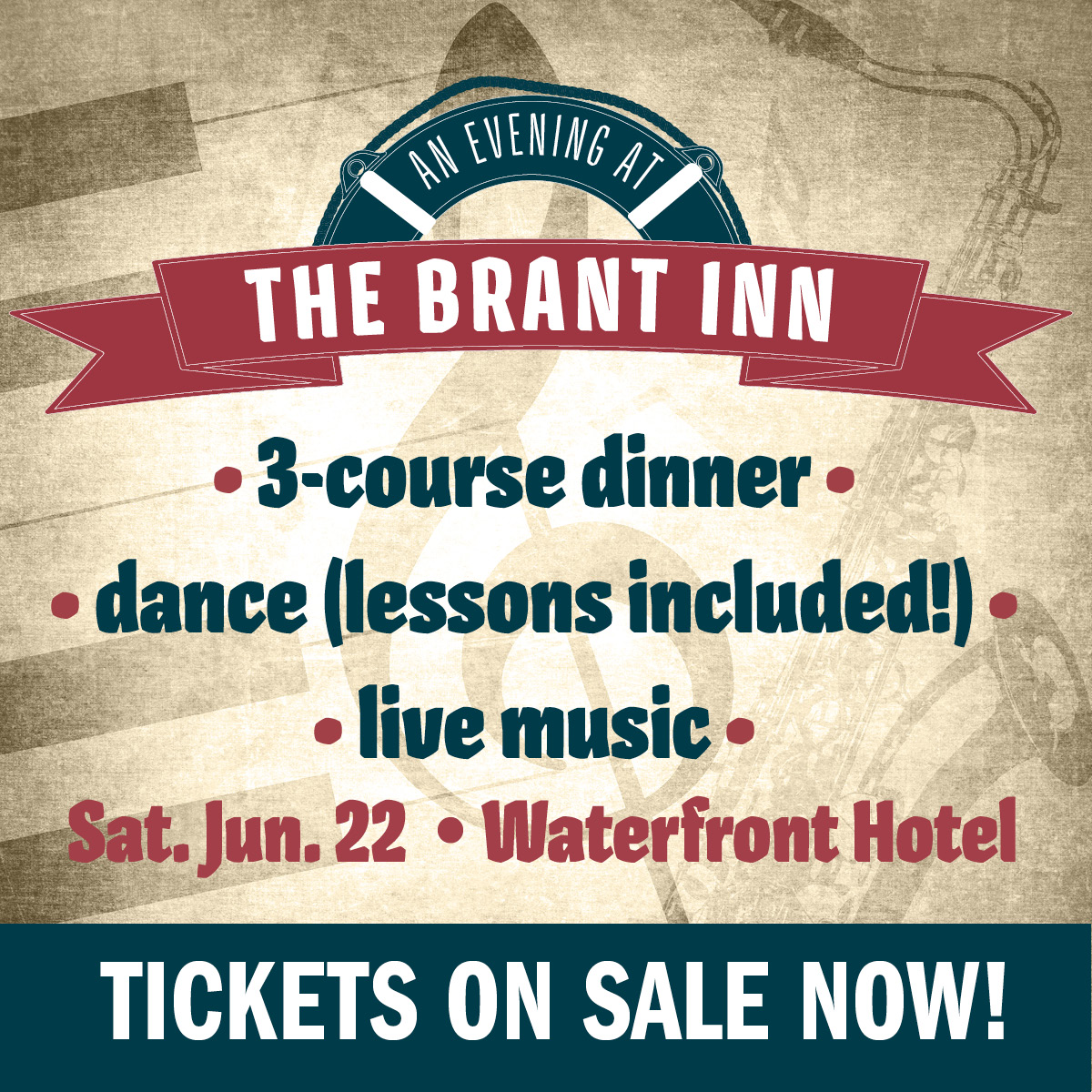July 18, 2022 — Press release from the Art Gallery of Burlington
The Art Gallery of Burlington presents The Future of Work: Parallel Economies. Opening August 26 and running until December 31, The Future of Work: Parallel Economies represents one of a three-part exhibition series presented by the Art Gallery of Burlington (AGB) in collaboration with the Workers Arts and Heritage Centre (WAHC) that examines how the pandemic has affected labour markets, quality of life, and the future of work as we know it.
Developed by the curatorial collective of Suzanne Carte (AGB), Srimoyee Mitra (Ann Arbour, MI), Simranpreet Anand (Surrey, BC) and Adrienne Huard (Winnipeg, MB), the three distinct exhibitions use interactive stations, film, photography, sculpture, and site-specific installations to open conversations on precarious labour, parallel economies, and labour futurisms.
The Future of Work; Parallel Economies explores emerging and established diverse economies, radical new forms of production, equity, mobility, and social justice. The exhibition and program series highlight artists and cultural producers who work within solidarity economies, focus on mutual aid, and actively formulate anti-capitalist methods of working.
Featured artists and groups include:
Christina Battle
Jeffrey Gibson
Derya Akay
Jen Delos Reyes & June Ahn
Jeneen Frei Njootli, Gabrielle L’Hirondelle Hill, Chandra Melting Tallow & Tania Willard
Justseeds
GUDSKUL
Gendai Gallery
Works-in-Progress
Burlington Public Library
The Pink Project
Brock University Department of Labour Studies
Running concurrently at the Workers Art and Heritage Centre, The Future of Work; Precarious Labour by Srimoyee Mitra and Simranpreet Anand examines the forces that give rise to a multitude of unstable, precarious, and hazardous work and the invisibility of the people that do this work.
The series will finish with Future of Work: Labour Futurisms, an exhibition influenced by Afro and Indigenous futurisms and Anishinaabe creation stories. Curator Adrienne Huard looks to both utopian and dystopian future possible realities of future work and work life, as well as the balance between capital, industry, and environment.



